Perfect Crumbl Cookie Recipe: Make Bakery-Style Cookies at Home
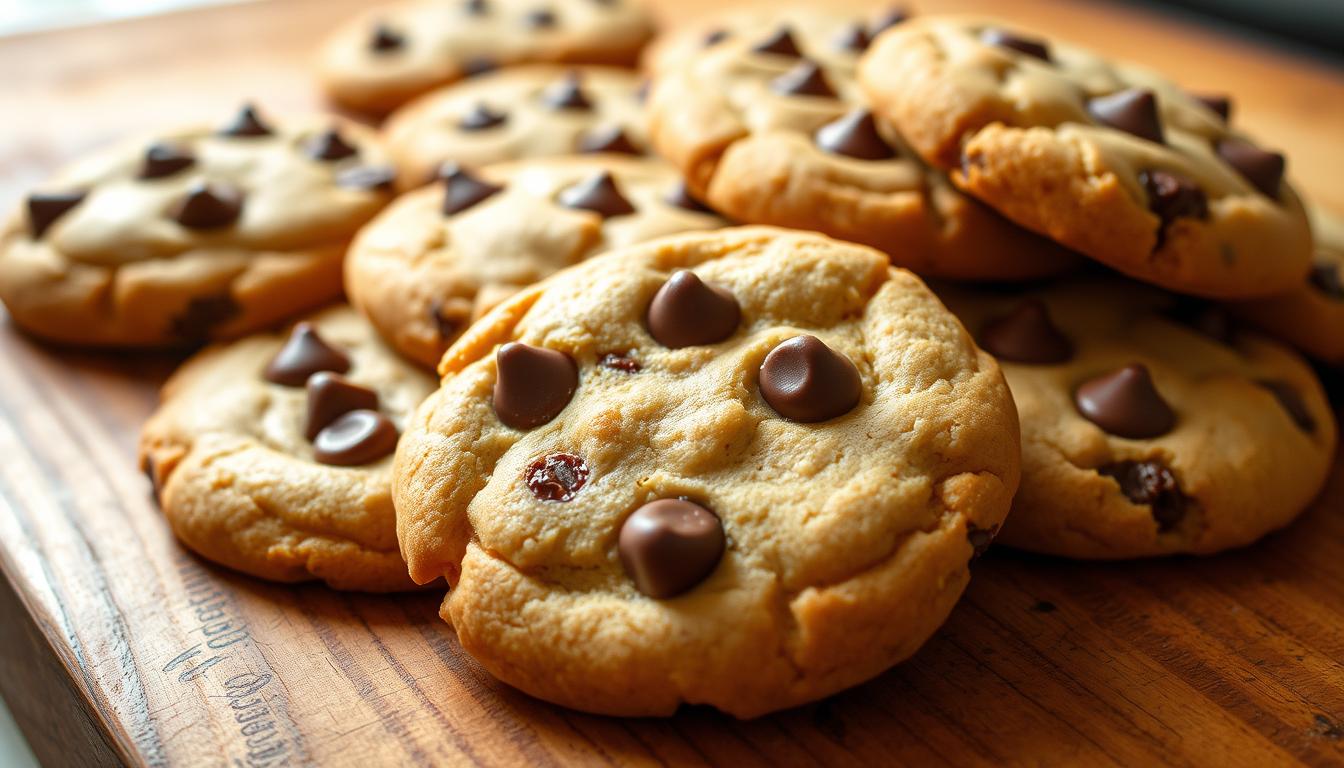
Have you ever wondered how to recreate those thick, gooey, absolutely irresistible cookies from your favourite bakery? We’ve all been there – standing in front of a display case, mesmerised by those perfectly imperfect, generously-sized treats that seem impossible to replicate at home. The good news is that making an authentic crumbl cookie recipe in your own kitchen is not only possible but surprisingly straightforward when you know the right techniques and secrets.
After countless hours of testing, tweaking, and perfecting, we’ve cracked the code to creating bakery-style cookies that rival any professional establishment. These aren’t your ordinary biscuits – they’re thick, chewy masterpieces with crispy edges and soft centres that will have your family and friends begging for the recipe.
What Makes a Perfect Crumbl Cookie Recipe?
Understanding what sets a truly exceptional crumbl cookie recipe apart from ordinary homemade biscuits requires examining the key characteristics that define these beloved treats. We’ve identified several crucial elements that contribute to their signature appeal.
The Signature Thickness and Texture
The most distinctive feature of any authentic crumbl-style cookie is its impressive thickness. Unlike traditional thin and crispy biscuits, these cookies stand tall at roughly 2-3 centimetres thick. This substantial height creates the perfect contrast between a slightly crispy exterior and an incredibly soft, almost undercooked centre.
We achieve this texture through careful ingredient ratios and specific mixing techniques. The key lies in not overworking the dough whilst ensuring all ingredients are properly incorporated. This delicate balance prevents the cookies from spreading too much during baking, maintaining their characteristic thick profile.
Essential Ingredients for Success
Creating the perfect homemade crumbl cookies starts with selecting the right ingredients. We recommend using plain flour rather than self-raising, as this gives us better control over the cookie’s structure. High-quality unsalted butter, preferably European-style for its higher fat content, contributes to both flavour and texture.
The sugar combination is equally important. We use a mixture of caster sugar and light brown soft sugar, which provides sweetness whilst contributing to that coveted chewy texture. The molasses in brown sugar adds depth of flavour that white sugar alone cannot achieve.
Step-by-Step Crumbl Cookie Recipe
Now that we understand the fundamentals, let’s dive into our foolproof crumbl cookie recipe that consistently produces bakery-quality results.
Ingredients You’ll Need
- 275g plain flour
- 1 teaspoon bicarbonate of soda
- 1 teaspoon fine sea salt
- 225g unsalted butter, softened to room temperature
- 150g caster sugar
- 165g light brown soft sugar
- 2 large eggs, room temperature
- 2 teaspoons pure vanilla extract
- 300g high-quality chocolate chips or chunks
Equipment Required
- Large mixing bowl
- Electric hand mixer or stand mixer
- Kitchen scales (highly recommended)
- Baking sheets
- Parchment paper or silicone baking mats
- Ice cream scoop or large spoon
- Wire cooling racks
Detailed Instructions
- Prepare Your Workspace: Preheat your oven to 175°C (160°C fan). Cover two large baking trays with parchment paper, making sure there’s ample space between cookies as they’ll expand whilst baking.
- Mix Dry Ingredients: In a separate bowl, combine the flour, bicarbonate of soda, and salt using a whisk. Put this mixture to one side for later use.
- Cream Butter and Sugars: In your large mixing bowl, cream the softened butter with both sugars until the mixture becomes light and fluffy. This process typically takes 3-4 minutes with an electric mixer on medium speed.
- Add Eggs and Vanilla: Incorporate the eggs individually, making sure each egg is completely mixed in before adding the next one. Blend in the vanilla extract until it’s evenly dispersed throughout the mixture.
- Incorporate the Flour Mixture: Add the dry ingredients to the wet ingredients in batches, mixing on low speed until just combined—avoid overmixing to keep your cookies tender. Take care not to overwork the mixture, as this can create tough cookies.
- Fold in Chocolate: Carefully incorporate the chocolate chips or chunks with a wooden spoon or spatula, making sure they’re distributed evenly throughout the dough.
- Chill the Dough: Cover the bowl and place the dough in the refrigerator for a minimum of 30 minutes. This essential step stops excessive spreading and helps preserve the cookies’ thick shape.
- Shape and Bake: With an ice cream scoop or large spoon, divide the dough into generous portions (approximately 60g each). Position them on your prepared baking trays, allowing at least 5cm between each cookie.
- Bake to Perfection: Bake for 9-11 minutes, watching for when the perimeter becomes firm and lightly golden. The middle sections should still look slightly soft and not fully cooked.
- Cool Properly: Let cookies rest on the baking tray for 5 minutes before moving them to wire racks. This resting time allows them to firm up properly whilst keeping their soft centres.
Professional Tips for Perfect Results
Temperature Control is Key
We cannot stress enough the importance of ingredient temperature when making thick crumbl cookies. Room temperature butter combines more effectively with sugar, creating the light, airy foundation that contributes to the cookie’s tender texture. Chilled eggs can cause the butter to become lumpy, resulting in a dense, heavy cookie.
The Art of Underbaking
The secret to achieving that signature gooey centre lies in mastering the technique of underbaking. We take our cookies out of the oven when they look almost underdone in the middle. The remaining heat keeps cooking them on the warm baking tray, creating the perfect balance between crispy edges and soft centres.
Chilling Makes All the Difference
Never skip the chilling step in our crumbl cookie recipe. Chilled dough spreads less whilst baking, maintaining the cookies’ thick profile. If you’re pressed for time, even 15 minutes in the freezer can make a significant difference.
Variations and Flavour Combinations
Classic Chocolate Chip Variations
Whilst our base recipe creates exceptional chocolate chip cookies, we love experimenting with different chocolate types. Try using a combination of milk, dark, and white chocolate chips for complexity. Semi-sweet chocolate chunks create lovely pockets of melted chocolate throughout each cookie.
Seasonal and Specialty Flavours
Our versatile bakery-style cookie recipe serves as an excellent foundation for seasonal variations. During autumn, we add a teaspoon of ground cinnamon and substitute some chocolate chips for butterscotch chips. For a festive winter treat, try adding dried cranberries and white chocolate chips.
- Double Chocolate: Replace 50g of flour with cocoa powder and use dark chocolate chips
- Peanut Butter: Add 60g of smooth peanut butter to the creamed butter mixture
- Oatmeal Raisin: Substitute 100g of flour with rolled oats and replace chocolate chips with raisins
- Lemon White Chocolate: Add zest of 2 lemons and use white chocolate chips
Storage and Freshness Tips
Proper Storage Techniques
Maintaining the perfect texture of your homemade crumbl cookies requires proper storage methods. We keep completely cooled cookies in sealed containers at room temperature, where they remain fresh for up to one week. Add a slice of bread to the container to help preserve moisture levels.
Freezing for Future Enjoyment
Both baked cookies and raw dough freeze wonderfully. For baked cookies, separate them with parchment paper in freezer-safe containers for up to three months. Raw dough portions can be frozen on baking trays, then moved to freezer bags. Bake frozen dough portions straight from the freezer, adding one or two extra minutes to the baking time.
Troubleshooting Common Issues
Cookies Spreading Too Much
If your cookies spread excessively during baking, several factors might be at play. Make sure your butter isn’t too warm, your dough is properly chilled, and your oven has reached the correct temperature. Using expired baking powder or bicarbonate of soda can also cause spreading problems.
Achieving the Perfect Thickness
Creating consistently thick cookies requires attention to dough portioning and chilling. We suggest using an ice cream scoop for uniform sizing and never missing the chilling step. If your cookies still seem too thin, try adding an extra 25g of flour to the recipe.
Frequently Asked Questions
Can I make this crumbl cookie recipe without a mixer?
Absolutely! Whilst an electric mixer makes the process easier, you can combine butter and sugar by hand with a wooden spoon. Make sure your butter is properly softened, and be prepared for a good arm workout. The mixing process will take longer, but the results are equally delicious.
Why do my cookies turn out flat instead of thick?
Flat cookies typically result from warm dough, incorrect oven temperature, or expired leavening agents. Always chill your dough, check your oven temperature with a thermometer, and verify the expiration dates on your bicarbonate of soda and baking powder.
How do I know when my crumbl cookies are perfectly baked?
Perfect crumbl cookies should have lightly golden edges, whilst the centres still look slightly soft and underdone. They will keep cooking on the warm baking tray after removal from the oven. If you wait until the centres look completely cooked, you’ve likely overbaked them.
Can I substitute ingredients in this recipe?
Whilst our recipe produces the best results as written, some substitutions work better than others. You can replace chocolate chips with other mix-ins like nuts or dried fruit. However, we don’t recommend substituting the butter with margarine or the eggs with alternatives, as these changes significantly affect the texture.
How long should I chill the cookie dough?
We suggest chilling the dough for a minimum of 30 minutes, though longer is better. Overnight chilling produces exceptionally thick cookies and allows the flavours to develop further. If you’re in a hurry, even 15 minutes in the freezer helps.
Conclusion
Mastering the perfect crumbl cookie recipe opens up a world of delicious possibilities in your kitchen. We’ve shared our tried-and-tested techniques that consistently produce thick, bakery-style cookies with crispy edges and gloriously gooey centres. The key lies in understanding the science behind the ingredients, respecting the importance of temperature control, and never underestimating the power of proper chilling.
Remember that baking is both an art and a science. Don’t be discouraged if your first batch isn’t perfect – even professional bakers had to practice to achieve consistency. Each oven behaves differently, so pay attention to visual cues rather than relying solely on timing.
Ready to start baking? Gather your ingredients, follow our detailed instructions, and prepare to impress everyone with your homemade bakery-style cookies. We’d love to hear about your baking adventures – share your results and any creative variations you discover along the way!
- Explore our recipe for Cloud Cake.
- Discover more Dessert recipes.
- Check out our guide to the Banana Split Cake Recipe.
- For a deeper dive into the history of cornmeal and its role in American cuisine, the Southern Foodways Alliance website is an excellent resource with many articles and oral histories.
For more information about cookie science and baking techniques, visit King Arthur Baking’s Cookie Guide.

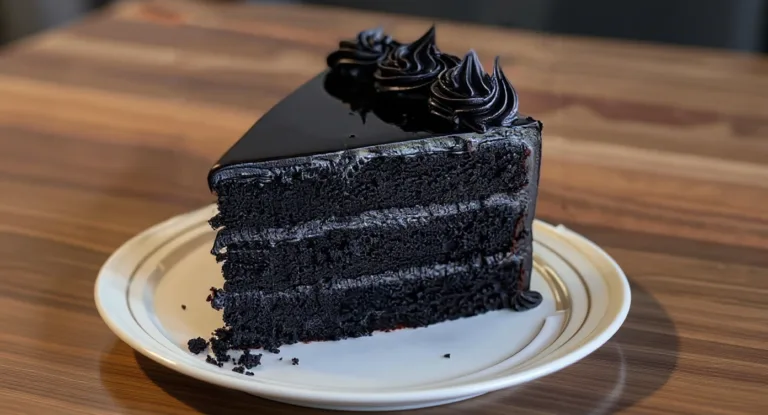
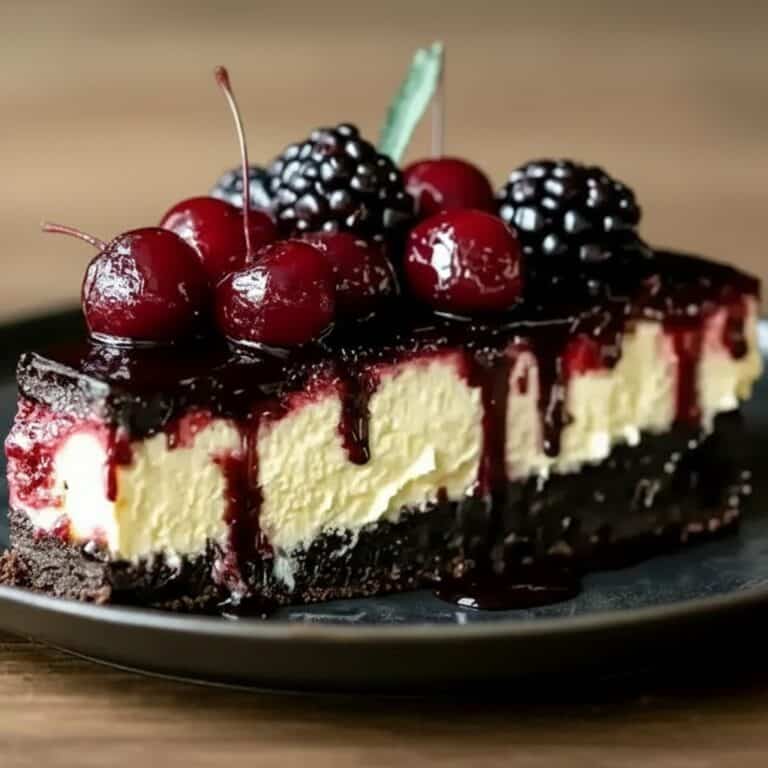
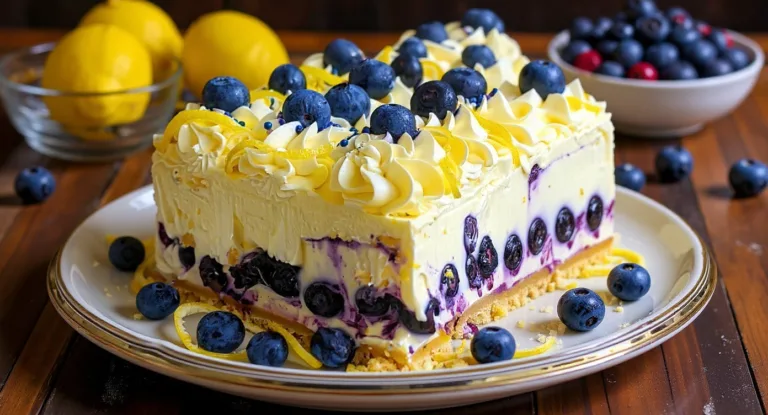
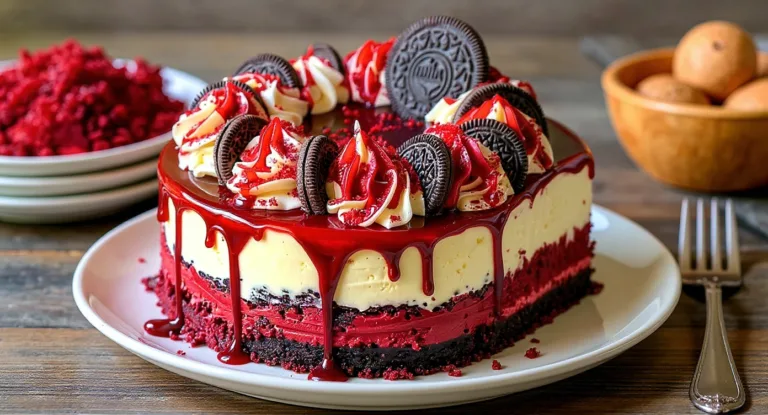
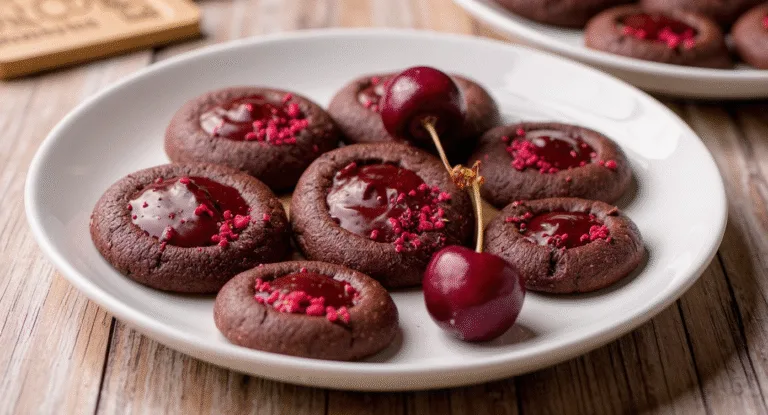
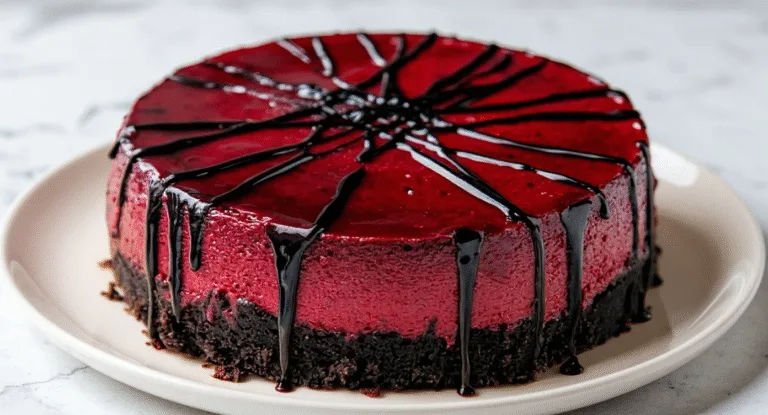
2 Comments